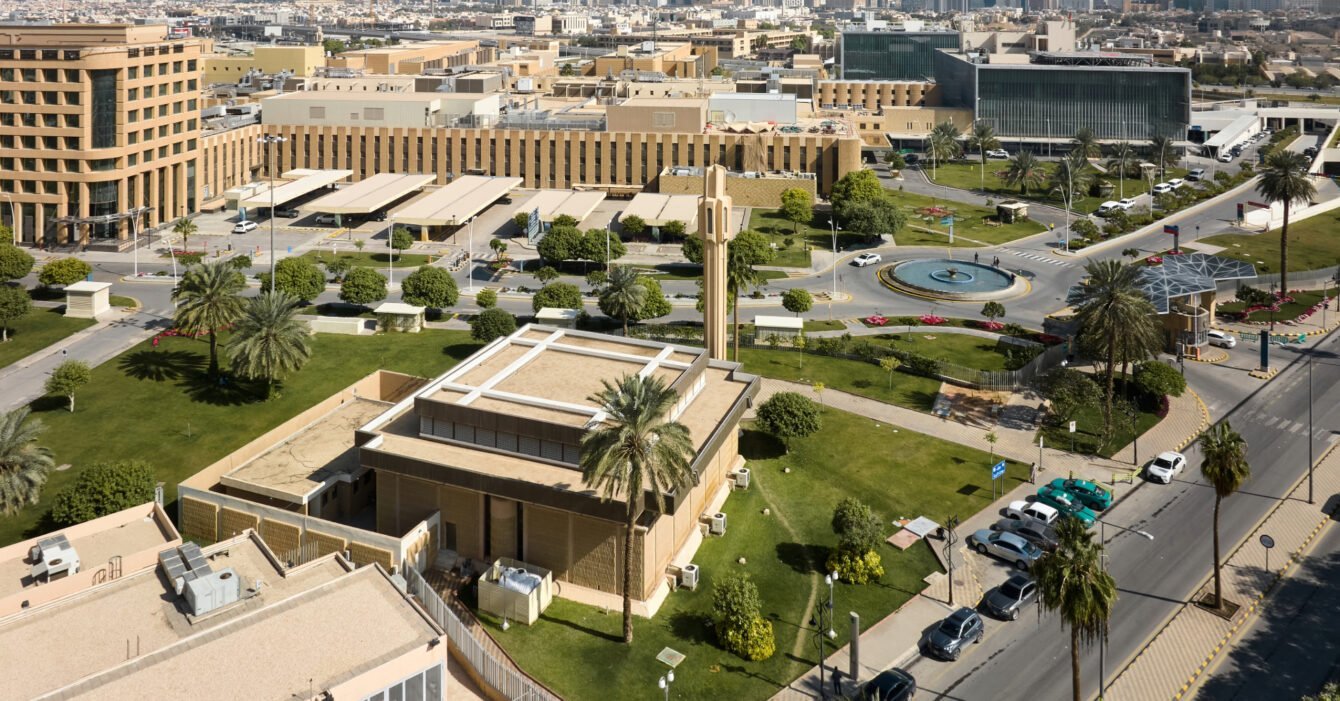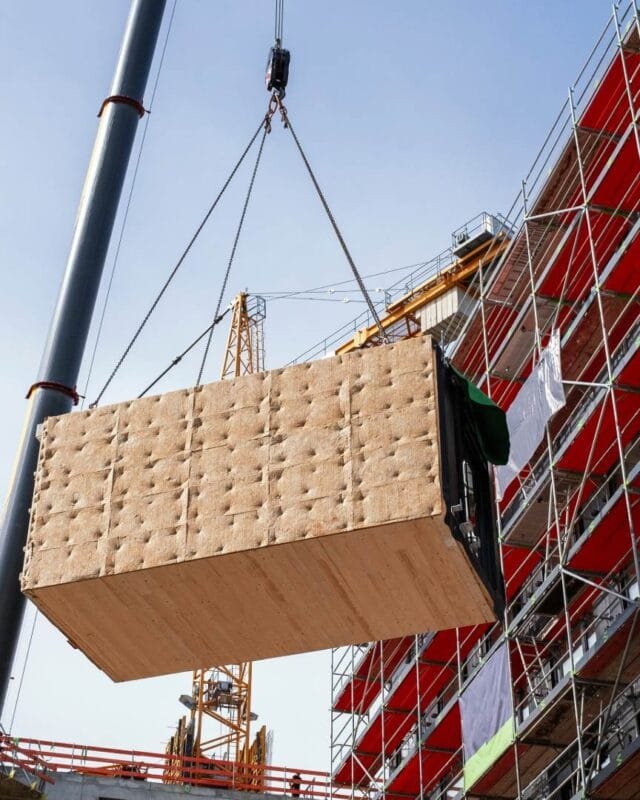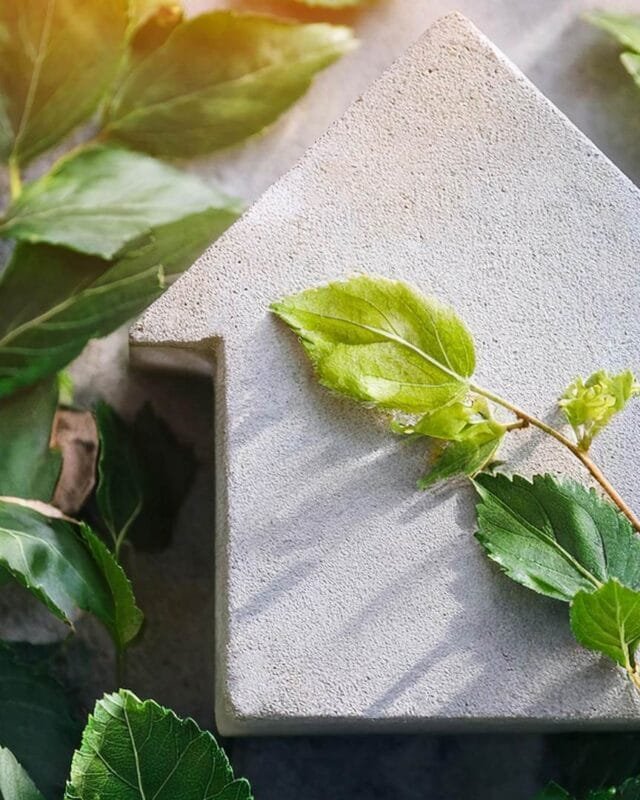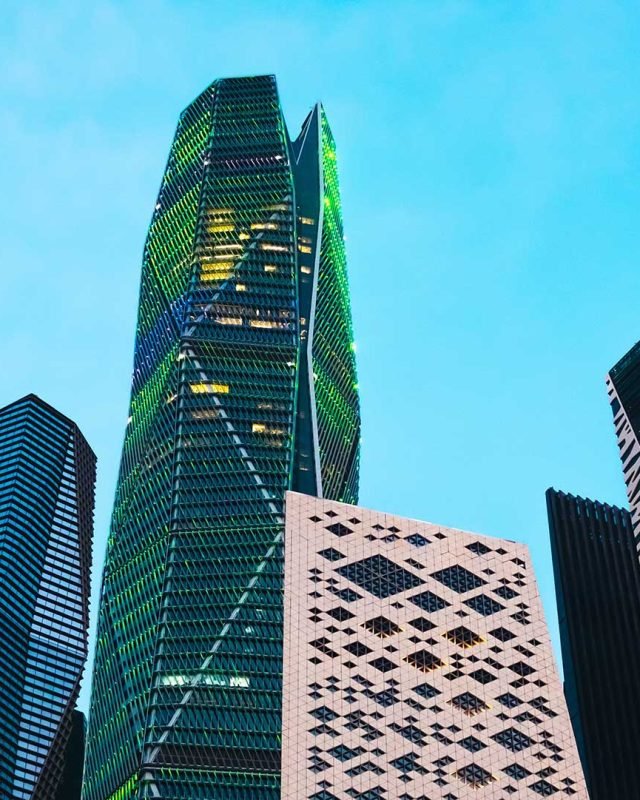Sustainable Building Practices in Saudi Arabia’s Construction Sector
Saudi Arabia’s Vision 2030 has brought transformations to multifaceted sectors, including the construction sector, with moves towards sustainable development. Emphasizing Sustainable Building Practices is essential for reducing the environmental impact of construction activities while promoting economic and social benefits.
The Importance of Sustainable Building Practices
Throughout the construction process, sustainable building practices aim to minimize waste, use resources efficiently, and reduce carbon emissions. These methods not only lower operating costs, improve resident quality of life, and raise property values—they also help preserve the environment.
Key Elements of Sustainable Building Practices
- Energy Efficiency: Implementing energy-efficient designs and technologies is a cornerstone of sustainable building. This covers the application of cutting-edge HVAC systems, energy-efficient windows, and high-performance insulation. Additionally, incorporating renewable energy sources such as solar panels and wind turbines can significantly reduce a building’s carbon footprint.
- Water Conservation: Water-efficient fixtures, rainwater harvesting systems, and greywater recycling are essential components of sustainable buildings. These measures help conserve water resources, which are particularly vital in arid regions like Saudi Arabia.
- Sustainable Materials: Using eco-friendly and locally sourced materials reduces the environmental impact of construction. Materials such as recycled steel, bamboo, and low-VOC (volatile organic compounds) paints contribute to healthier indoor air quality and lower greenhouse gas emissions.
- Waste Reduction: Effective waste management strategies, such as recycling construction debris and implementing modular construction techniques, can significantly reduce the amount of waste sent to landfills. These practices also promote the circular economy, where materials are reused and recycled.
- Green building certifications: Attaining certifications such as BREEAM (Building Research Establishment Environmental Assessment Method) or LEED (Leadership in Energy and Environmental Design) indicates a dedication to sustainability.
Case Studies of Sustainable Building Practices in Saudi Arabia
- King Abdullah Financial District (KAFD): KAFD is a prime example of sustainable urban development. The district incorporates energy-efficient building designs, extensive green spaces, and state-of-the-art waste management systems. It aims to achieve LEED certification for its buildings, showcasing the potential of sustainable construction in the region.
- NEOM: The NEOM project is a futuristic city being built with sustainability at its core. It plans to use 100% renewable energy, smart technologies, and innovative building materials to create a zero-carbon urban environment. NEOM represents the ambitious vision of integrating sustainable practices into every aspect of urban development.
![]()
Challenges and Opportunities
While the adoption of sustainable building practices in Saudi Arabia presents numerous benefits, it also faces challenges. The initial costs of sustainable technologies and materials can be higher than traditional options, and there may be resistance to change within the construction industry. The long-term benefits of lower operating costs, improved building performance, and environmental advantages, however, exceed these difficulties.
The Saudi government is actively promoting sustainability through incentives, regulations, and awareness campaigns. These efforts are creating a favorable environment for the growth of sustainable construction practices. The Middle East’s leader in sustainable construction is likely to be Saudi Arabia, as more developers, architects, and builders adopt these methods.
Conclusion
In conclusion, adopting sustainable building practices is essential for the future of Saudi Arabia’s construction sector. By focusing on energy efficiency, water conservation, sustainable materials, and waste reduction, the Kingdom can achieve its Vision 2030 goals while addressing global environmental challenges. Embracing these practices will not only improve the quality of life for residents but also position Saudi Arabia as a pioneer in sustainable urban development.



